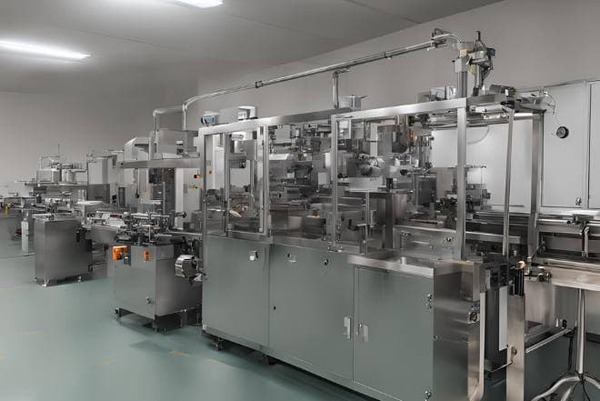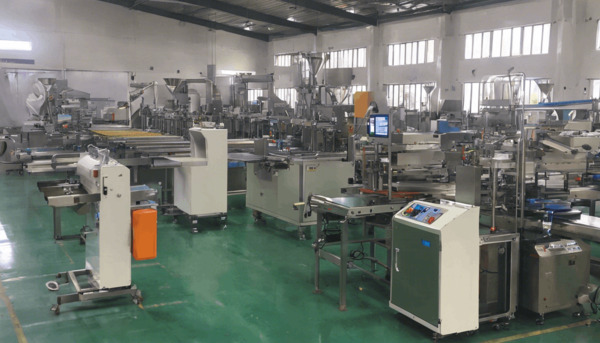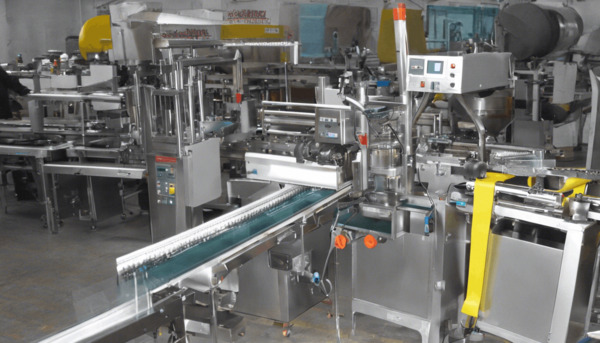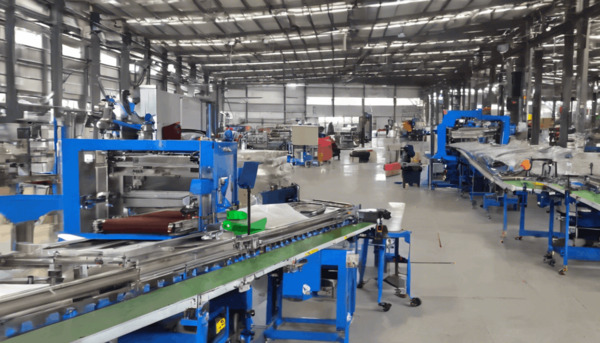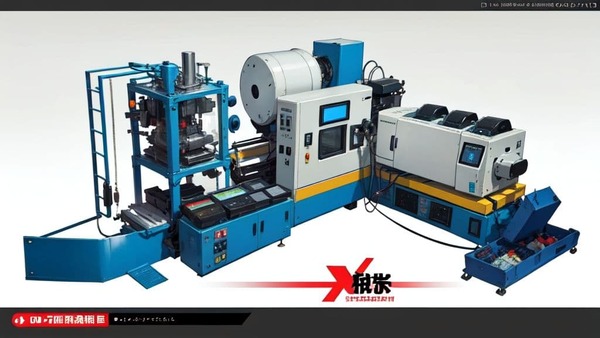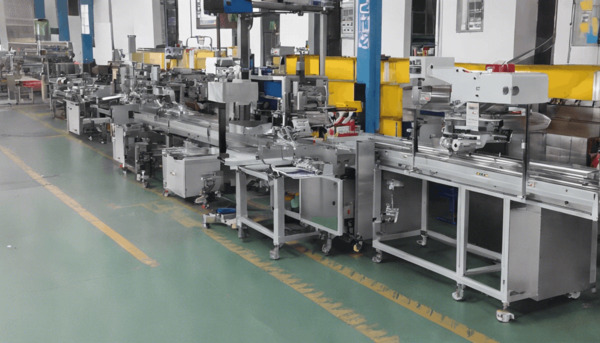
Understanding the Basics: Shrink Wrap vs. Pallet Wrap
When it comes to packaging and securing goods for transportation or storage, two common materials often come into play: shrink wrap and pallet wrap. While they may seem similar at first glance, they serve different purposes and have distinct characteristics. Understanding these differences is crucial for businesses to make informed decisions about which material to use for their specific needs.
What is Shrink Wrap?
Shrink wrap, also known as shrink film, is a polymer plastic film that shrinks tightly over whatever it is covering when heat is applied. It is commonly used to package individual items or small groups of items. The process involves wrapping the film around the product and then applying heat, which causes the film to shrink and conform to the shape of the item, providing a secure and tamper-evident seal.
Characteristics of Shrink Wrap
Shrink wrap is typically made from materials such as polyolefin, PVC, or polyethylene. It is available in various thicknesses and can be clear or colored. The key characteristic of shrink wrap is its ability to shrink and tightly conform to the shape of the product, providing a protective barrier against dust, moisture, and tampering.
Common Uses of Shrink Wrap
Shrink wrap is widely used in various industries for packaging purposes. It is commonly used to wrap food products, electronics, books, and other consumer goods. It is also used for bundling multiple items together, such as in the case of multipacks of beverages or other products. Additionally, shrink wrap is used in the shipping industry to protect items during transit.
What is Pallet Wrap?
Pallet wrap, also known as stretch wrap or stretch film, is a highly stretchable plastic film that is wrapped around items on a pallet to secure them for transportation or storage. Unlike shrink wrap, pallet wrap does not require heat to adhere to the items. Instead, it relies on its elasticity to hold the items tightly together.
Characteristics of Pallet Wrap
Pallet wrap is typically made from linear low-density polyethylene (LLDPE) and is available in various thicknesses and widths. It is designed to stretch and cling to itself, providing a secure hold on the items it is wrapped around. Pallet wrap is known for its strength and durability, making it ideal for securing heavy or irregularly shaped loads.
Common Uses of Pallet Wrap
Pallet wrap is primarily used in the logistics and shipping industries to secure loads on pallets. It is used to prevent items from shifting during transportation and to protect them from dust, dirt, and moisture. Pallet wrap is also used in warehouses to stabilize loads for storage, ensuring that items remain intact and organized.
Key Differences Between Shrink Wrap and Pallet Wrap
While both shrink wrap and pallet wrap are used for packaging and securing items, they have several key differences:
1. Application Process
The most significant difference between shrink wrap and pallet wrap is the application process. Shrink wrap requires heat to shrink and adhere to the product, while pallet wrap relies on its stretchability and cling properties to secure items without the need for heat.
2. Purpose and Use
Shrink wrap is primarily used for packaging individual items or small groups of items, providing a tamper-evident seal and protection against environmental factors. Pallet wrap, on the other hand, is used to secure larger loads on pallets, preventing movement and providing stability during transportation and storage.
3. Material and Properties
Shrink wrap is made from materials such as polyolefin, PVC, or polyethylene, which shrink when heat is applied. Pallet wrap is made from linear low-density polyethylene (LLDPE) and is designed to stretch and cling to itself, providing a strong hold on the items it wraps.
4. Cost and Efficiency
The cost and efficiency of using shrink wrap versus pallet wrap can vary depending on the specific application. Shrink wrap may require additional equipment, such as heat guns or shrink tunnels, which can increase costs. Pallet wrap is generally more cost-effective for securing large loads, as it does not require additional equipment and can be applied quickly and efficiently.
Conclusion
In summary, while shrink wrap and pallet wrap may appear similar, they serve different purposes and have distinct characteristics. Shrink wrap is ideal for packaging individual items or small groups of items, providing a secure and tamper-evident seal. Pallet wrap is best suited for securing larger loads on pallets, providing stability and protection during transportation and storage. Understanding these differences is essential for businesses to choose the right material for their specific needs, ensuring the safe and efficient handling of their products.
